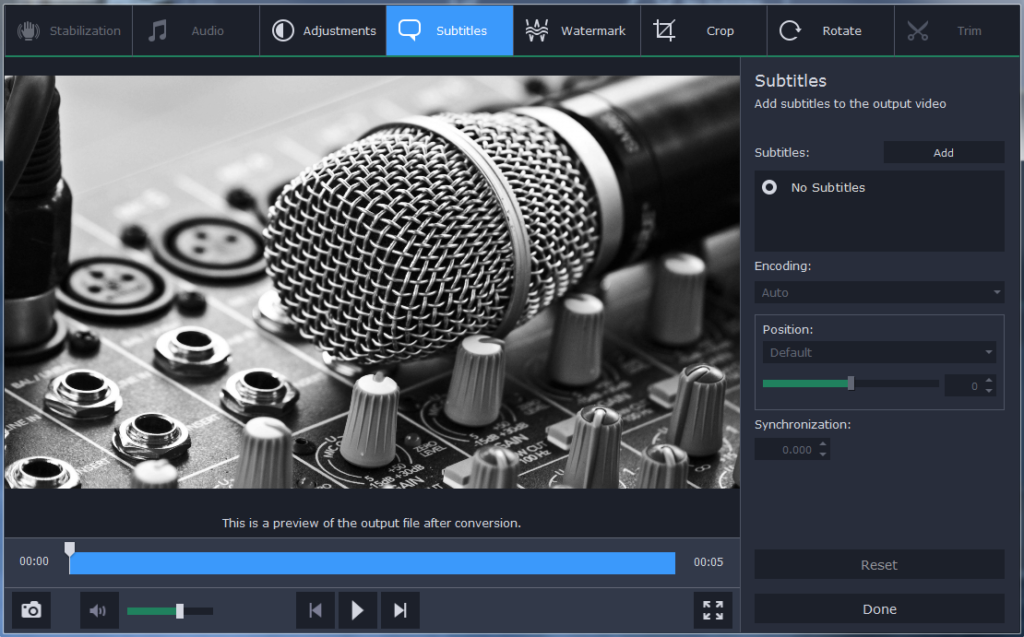
At first glance it may seem strange to convert video files to audio files, but it’s actually a lot more useful than you realize. By converting video to audio you will be able to extract the audio track from a video, meaning that you could save soundtracks that you enjoy.
To do that you’ll essentially want to convert videos such as AVI, MP4, or MOV to MP3 – or some other audio format. The good news is that it is really easy to do just that using Movavi Video Converter.
If you happen to want to extract the audio track from one of your videos right now, start by launching Movavi Video Converter. Next, add the video by clicking on the ‘Add Media’ button then selecting ‘Add Video’, or by dragging and dropping the file directly – as indicated.
All you need to do after that is select the audio format, which can be done by opening up the ‘Audio’ tab near the bottom of Movavi Video Converter. In that tab you’ll see several audio formats, and you can select the one labelled ‘MP3’, then choose a preset depending on the bitrate that you want to use. A higher bitrate will produce better sound, but with a larger file size.
When you’re ready to proceed click ‘Convert’ and Movavi Video Converter will switch your video to audio and extract its audio track in the process. The audio track will be saved in the folder specified under the ‘Save to’ field, and you can alter that before converting the video if you want.
As you can see converting video to audio is really very easy, and the same applies for converting video, audio, or even image formats in general using Movavi Video Converter. If you explore its features further you’ll find you can use it in other ways too, such as to compress videos, or edit them by enhancing their quality, cropping or rotating the frame, adding captions, and so on.
At the end of the day you now have a quick, easy, and reliable way to extract the audio tracks from your videos as and when you want to. That will let you save any part soundtracks that you enjoy, or even convert video guides to audio guides – assuming the voiceover is clear enough that you don’t need to refer to the video to follow it.







